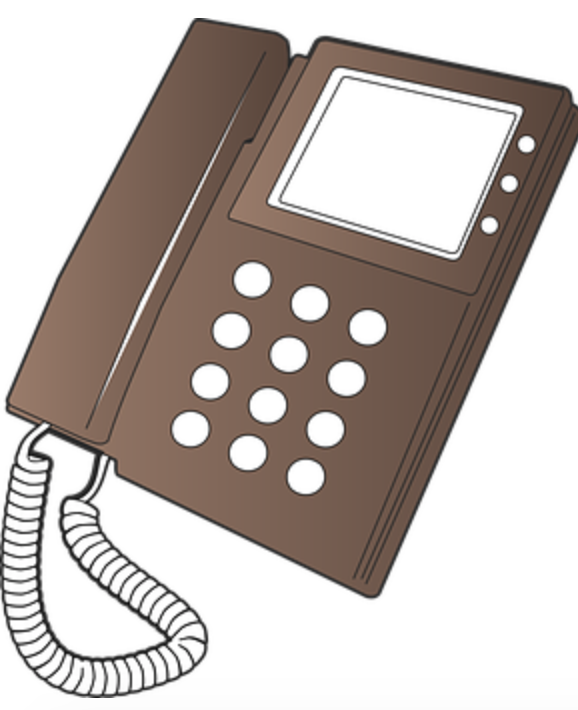
5 Digital Marketing Strategies to Ramp Up Sales
We've always considered the long B2B procurement processes and stiff competition a marketer's nightmare. And they are.
But perhaps these aren't as bad as customers' dwindling dependency on salespeople to make purchase decisions.
Today's customers scour the web, compare offerings, and look for social proof before short-listing suitable candidates for further scrutiny.
If you want to make the shortlist and bag deals, you’ll need to invest in highly targeted digital marketing strategies that showcase your key differentiators.
According to this report, such digital tactics may help generate greater shareholder returns and revenues. Just what the company needs.
To that end, we'll sample five digital strategies that may help ramp up sales.
-
Put Data to Good Use

Studies by McKinsey & Company show that approximately 15 percent of businesses have holistic views of their customers. A further 19 percent understand the journey customers in their core segments go through.
Considering the data businesses have at their disposal (CRMS, sales, website analytics) these numbers are extremely low.
Then again, maybe having access to too much data leaves many businesses at a loss as to how they can use it.
Here are some three B2B data types you can compile to give your marketing campaigns a focused approach that may lead to higher sales.
- Firmographic data. Here you look at the industry, company size, size of staff, location(s), and growth trajectory to help you determine which accounts are suitable for you. The info will help you identify an account's defining characteristics, revenue factors, and purchasing periods to facilitate precision targeting.
- Intent data. This data provides useful visibility into target account purchasing trajectory right from the topics or keywords they research and the ads they look at. This info helps you create messages relevant to their search.
- Technographic data. This data relates to the technological stack prospects’ use. Gathering this data may help you know if the tech they use complements your products/services to maximize the likelihood of closing a deal.
-
Provide Exceptional Customer Experiences

Here is a sobering stat for you.
One in three customers will consciously walk away from brands after a single bad experience. Rightly so, since no one wants to deal with a brand that handles them poorly.
In other words, your customers and prospects may not accord you the opportunity to do things right severally. It's no longer just about the price or the solutions you offer, but the experiences customers enjoy that bring them back.
How do you nail it the first time?
- It starts with a passion to make all your customers feel valued and satisfied. Onboard the team to enhance their commitment towards customer-centricity and ingrain positive customer experiences into all processes. Be sure to analyze customer tones across multiple interactions to know their satisfaction levels.
- Understand customer needs. Train your team to watch for two things—what the customer is saying/complaining about and the unmet needs that keep them awake at night. This knowledge will help differentiate your offering, exceed expectations, and boost sales.
- Be responsive. From communications to issue resolution, and deliveries, brands that provide timely responses have an edge over their competitors and probably stay top of mind.
-
Make Cold Calls

Business activities happen every day—companies open new locations, others merge, others receive new funding, and a lot more.
Through marketing intelligence, you can identify triggers that present opportunities for partnership. And cold calling happens to be a great strategy for initiating contact.
Best practices include:
- Personalizing your script. The approach you use for a company that’s expanding to other regions will differ from the one that’s just appointed new C-suite executives. Going the generic script way demonstrates a lack of preparation, unprofessionalism and will probably result in rejection.
- Planning for objections. Anticipating and preparing for objections helps you overcome connection barriers. Round up several industry-related objections and how to tackle them to prepare yourself for any arsenal the prospect throws your way.
- Keeping your cool. Not every day will be rosy and not every prospect kind. Maintain level-headedness to keep yourself from saying or behaving in a way that can jeopardize your chances.
- Supplementing your efforts with a reputable SDR service company. These companies provide the expertise needed to go into cold calling and generate results. Many have an array of offerings that you can choose from depending on your goals and budget.
-
Focus on Existing Customers

Businesses will naturally gravitate towards new customer acquisition to sustain themselves.
In the process, they ignore an important segment that they can sell to over and over again—their existing customers.
Here are ways to keep that relationship alive and productive for higher sales:
- Provide realistic upsell offerings. Use data to determine your customer's spending propensity and create upsell offers they are comfortable with. You can also carry out price point testing to identify which ranges elicit higher responses.
- Touch base with your customers quarterly. Whether you do this in-person or virtually, organize quarterly meetings with customers to gather feedback, upsell, identify untapped opportunities, and seek referrals.
- Consider your high-value customers' strategic direction for their business. Gathering this information helps you understand your customer's desires and needs going forward along with potential challenges. You can then formulate the right solutions for them.
-
Seek Referrals

Not as a once-in-a-while kind of thing.
Rather, put together a formalized program that actively encourages content customers to put in a good word to decision-makers at other organizations.
With brands trusting recommendations from other users more than company ads, the referral strategy makes sharing your offerings easier.
Tips for implementing this program include:
- Be transparent. The program should clearly state what you would like your customers to do, (aka refer potential clients), what a successful referral looks like, and how the referer stands to profit.
- Make the process easy. Customers are busy people and may not have the time to conjure a proper recommendation. Create pre-drafted referral message templates they can customize or send to their peers as is.
- Choose proper incentives. Cash-back and discounts are great for SMBs but may not work for larger corporations. For those, consider upgrades, free training sessions, etc.
- Analyze the leads you receive. Create an efficient process for analyzing and qualifying the leads you receive. Is the company a good fit? Can you sufficiently meet their needs? The more background info you have, the easier it will be for your salespeople to contact and connect with the referral.



















